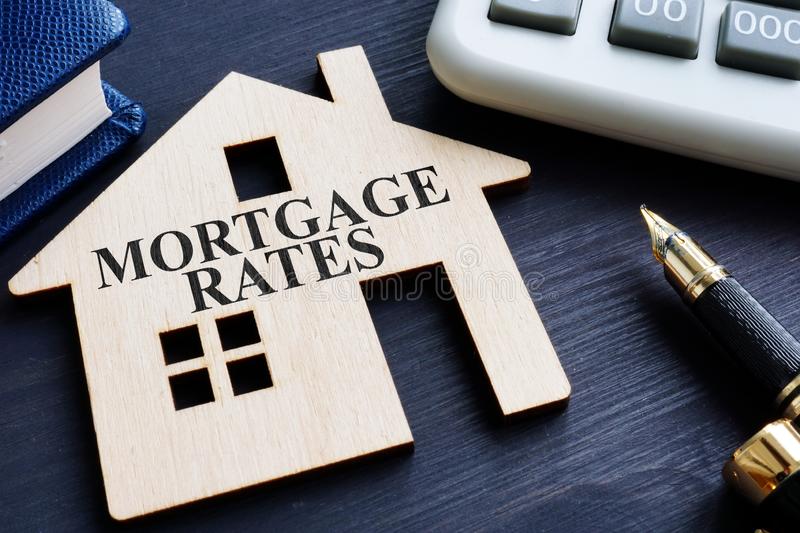If you’re planning to buy an income-generating property, shopping around to find the best mortgage rates can help you make the most of your investment.
Check out today’s investment property mortgage rates and learn how these types of rates are determined.
Current investment property mortgage rates
In general, mortgage rates have been inching up this month, following several weeks of rapid decreases. But rates are expected to fall throughout 2023, and borrowers will likely be able to snag lower rates later this year.
As you explore rates, keep in mind that investment property mortgage rates are usually higher than mortgage rates on primary residences or second homes.
See how investment property mortgage rates compare
Check out today’s mortgage rates to see how rates are trending. These rates are for all mortgages, not just investment property mortgages.
| Mortgage type | Average rate today |
| 30-year fixed | 6.29% |
| 20-year fixed | 5.77% |
| 15-year fixed | 5.43% |
| 7/1 ARM | 6.17% |
| 5/1 ARM | 5.99% |
| 30-year FHA | 5.26% |
| 30-year VA | 5.76% |
Investment property definition
When using a mortgage to buy a property, buyers can choose from three types of occupancy: primary residence, second home, and investment property.
Your primary residence is your home, and the place where you live for the majority of the year. A second home is a home you occupy only some of the time, such as a vacation home.
Investment properties are properties purchased solely for the purpose of generating income, often by renting it out on a short- or long-term basis. Investment properties are not owner-occupied, meaning the owner doesn’t live in the home.
Are investment property mortgage rates higher?
The main reason investment property mortgage rates can be higher than other types of mortgages is that lenders consider investment property mortgages to be at a higher risk of default than other occupancy types.
Why are investment property mortgages riskier? If the borrower encounters a financial hardship, they’re more likely to make sure the costs on their primary residence are paid first. Investment properties also require a lot of work and money to maintain. If the owner has a hard time finding tenants or ends up putting more money into their investment than they’re getting out of it, they could decide to walk away.
Other factors that can impact your rate include how much you’re borrowing and where the property is located. If you’re buying a very high-cost property, you may pay more in interest. Some states also have higher average rates than others.
To help keep your rate as low as possible, you could work on boosting your credit score, improving your debt-to-income ratio (DTI), and saving for a larger down payment. You should also get preapproved with more than one lender so you can compare offers.
Investment property definition
When using a mortgage to buy a property, buyers can choose from three types of occupancy: primary residence, second home, and investment property.
Your primary residence is your home, and the place where you live for the majority of the year. A second home is a home you occupy only some of the time, such as a vacation home.
Investment properties are properties purchased solely for the purpose of generating income, often by renting it out on a short- or long-term basis. Investment properties are not owner-occupied, meaning the owner doesn’t live in the home.
Are investment property mortgage rates higher?
The main reason investment property mortgage rates can be higher than other types of mortgages is that lenders consider investment property mortgages to be at a higher risk of default than other occupancy types.
Why are investment property mortgages riskier? If the borrower encounters a financial hardship, they’re more likely to make sure the costs on their primary residence are paid first. Investment properties also require a lot of work and money to maintain. If the owner has a hard time finding tenants or ends up putting more money into their investment than they’re getting out of it, they could decide to walk away.
Other factors that can impact your rate include how much you’re borrowing and where the property is located. If you’re buying a very high-cost property, you may pay more in interest. Some states also have higher average rates than others.
To help keep your rate as low as possible, you could work on boosting your credit score, improving your debt-to-income ratio (DTI), and saving for a larger down payment. You should also get preapproved with more than one lender so you can compare offers.

